Lush green lawns have long been the anchor of outdoor landscaping. However, with today's focus on protecting our natural resources (and reducing maintenance), many homeowners are choosing alternatives to grass lawns.
10 Easy Alternatives to a Grass Lawn
Lawn alternatives are gaining popularity among homeowners seeking low-maintenance, cost-effective and pollinator-friendly options. Whether you live in a drought-prone area, want to cut back on time and money spent on traditional grass or hope to attract more pollinators to your yard, there’s a wide variety of alternatives to suit your needs.
From ground covers and garden beds to mulch or synthetic turf, you can mix and match solutions to fit different sections of your outdoor space. After replacing a patchy lawn with clover in my backyard, I saved water, time and money while also supporting pollinator populations. Whatever your reason, here are 10 easy and appealing alternatives to a traditional grass lawn.
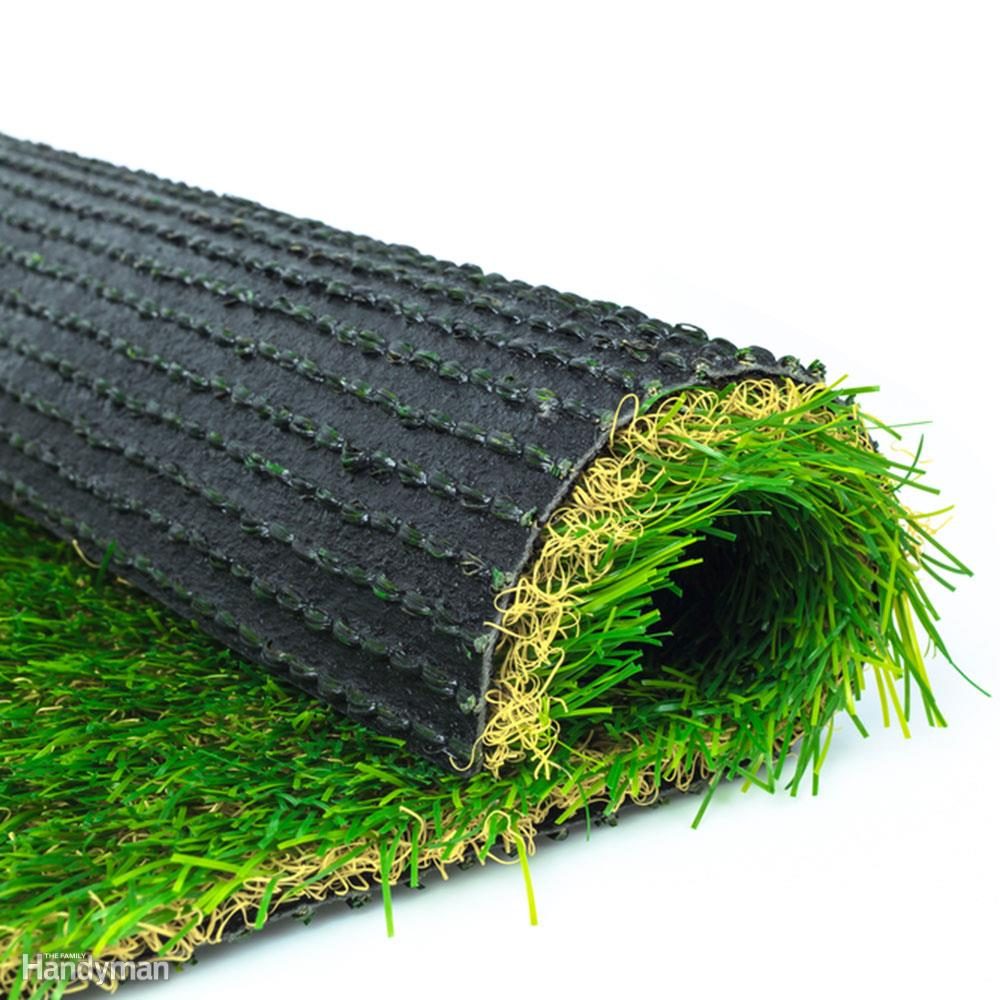
Synthetic Grass
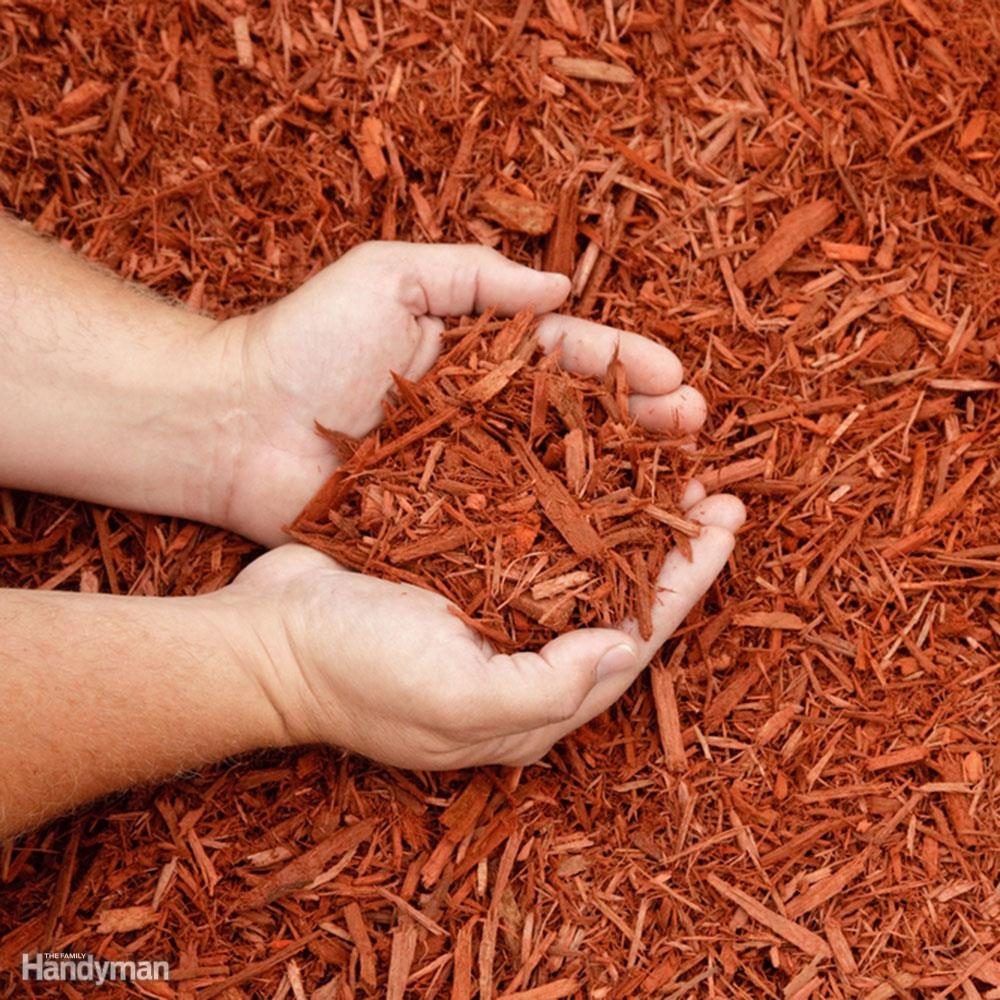
Mulch
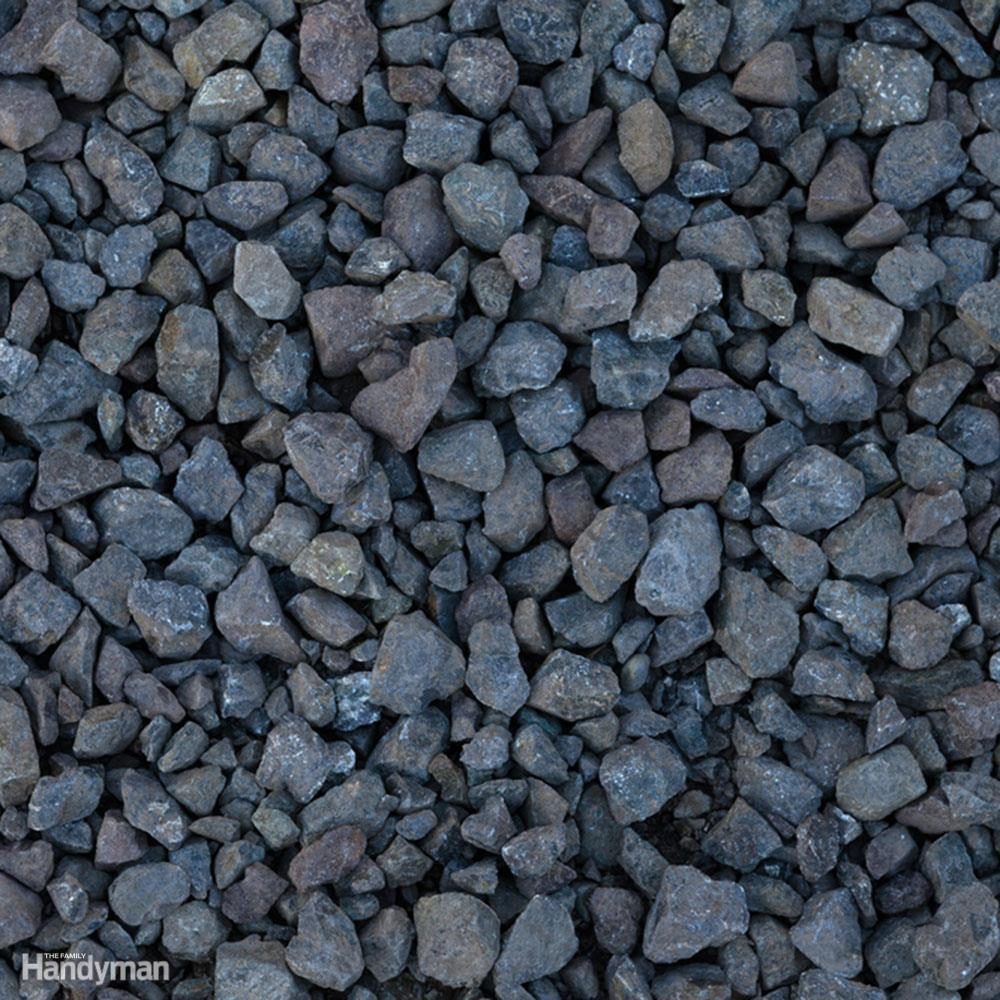
Gravel

Clover
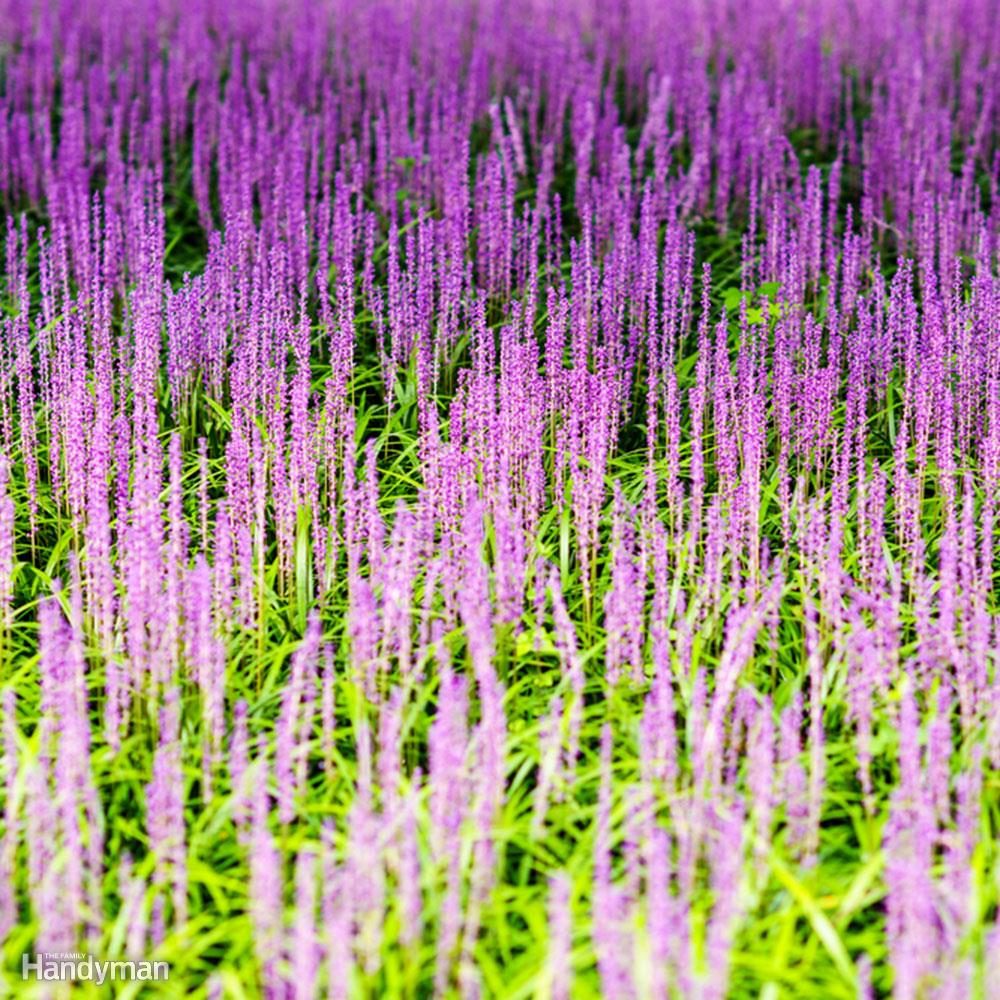
Lily Turf
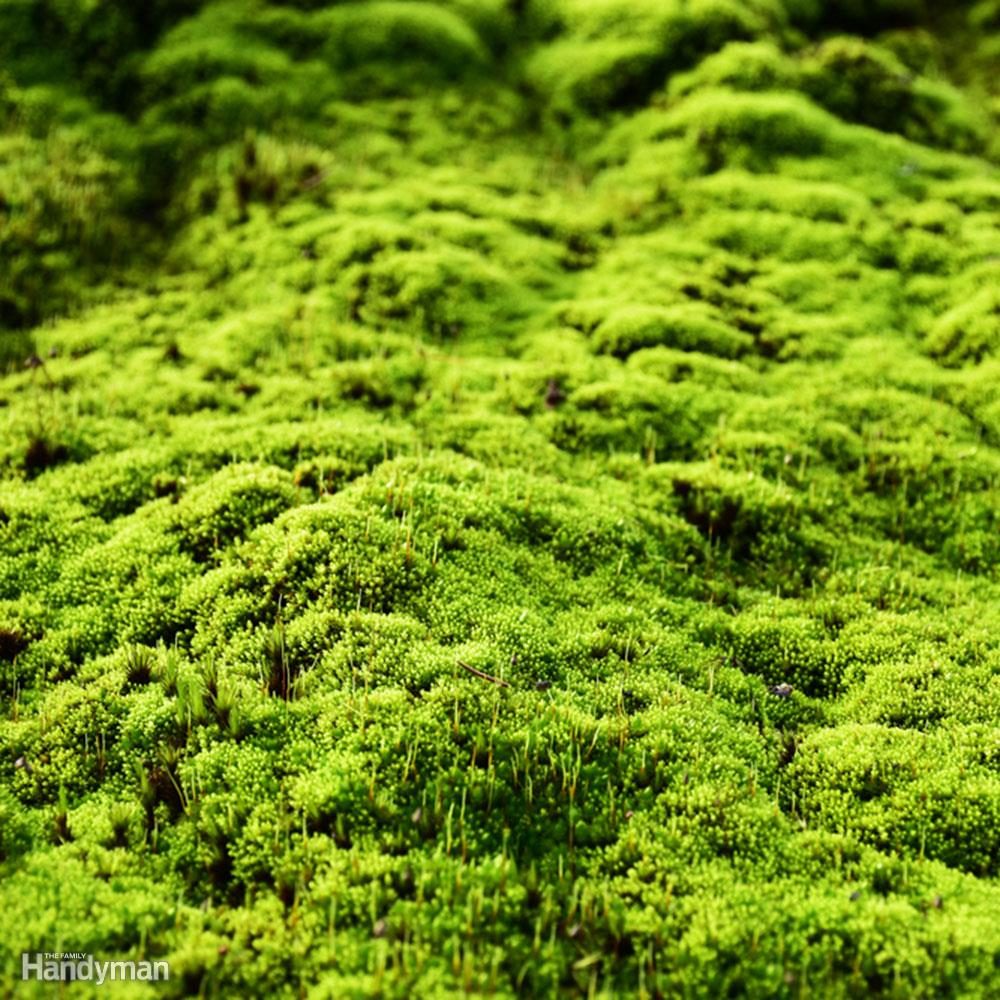
Moss
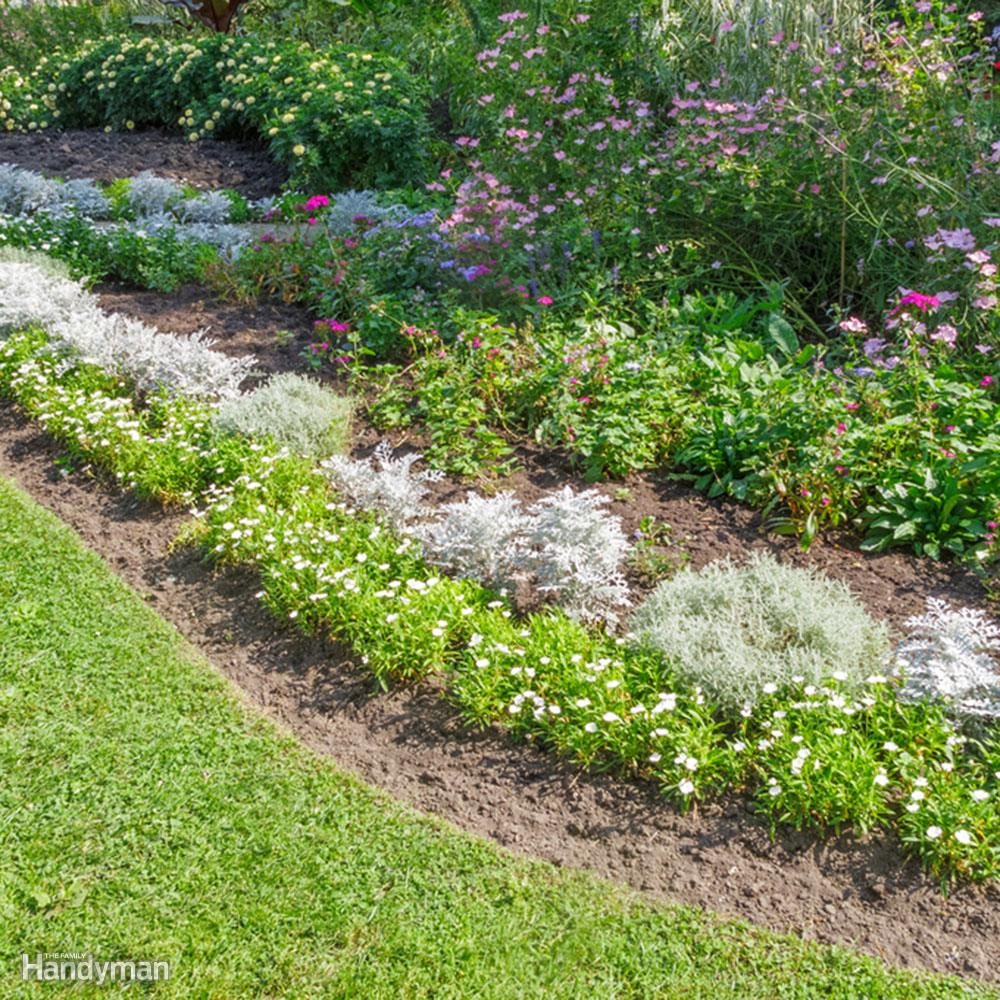
Flower and Shrub Beds
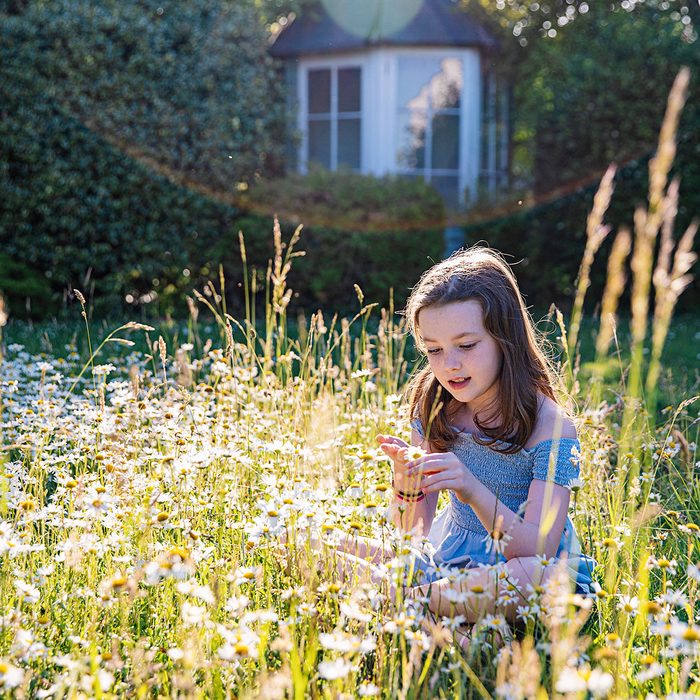
Garden Meadow
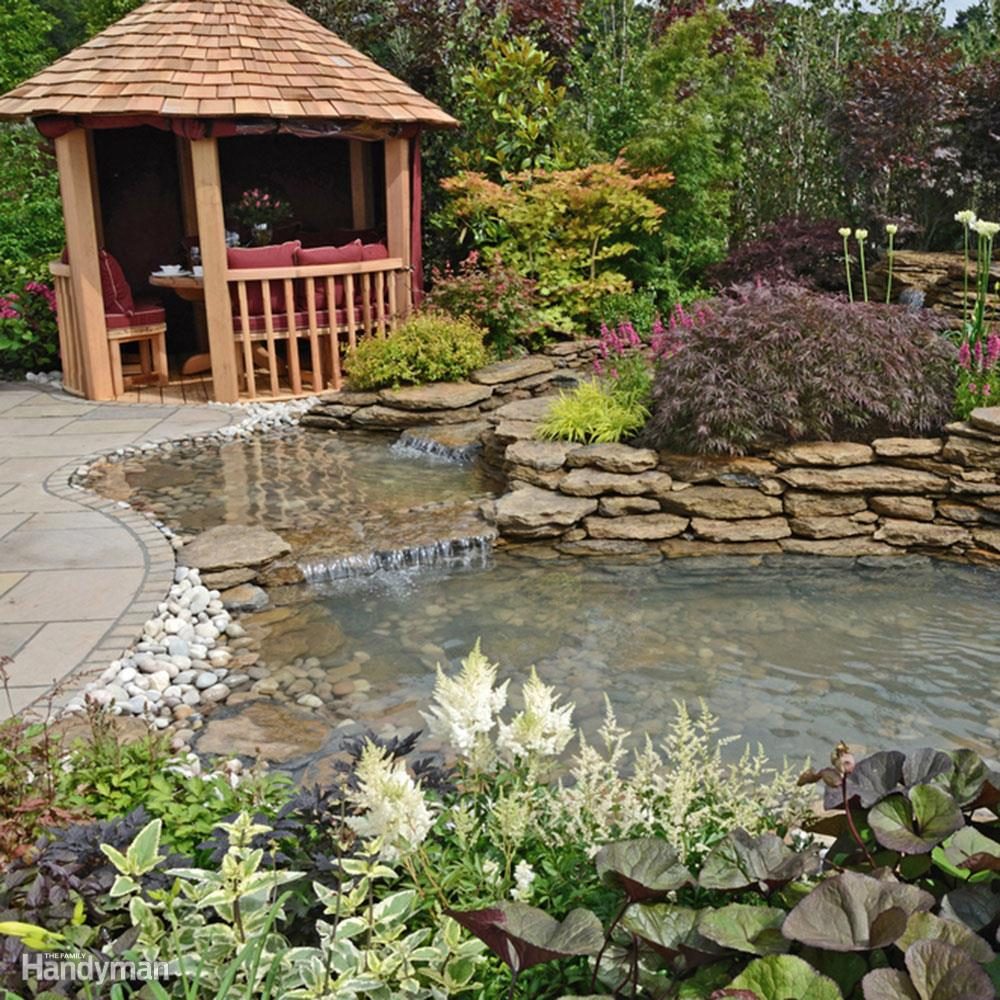
Outdoor Garden Features
FAQ
Can I mix different plants for a lawn alternative?
If you don’t need or desire a uniform appearance to your lawn alternative, feel free to mix different plants. Make sure they are all compatible with your USDA Hardiness Zone and soil type. One option is to have moss in a shady part of your yard, then lily turf or clover in sunnier sections.
How do I establish a lawn alternative?
First, remove the existing lawn. If installing gravel or mulch, lay down a weed barrier, then install the product in an even layer several inches thick. For garden beds, amend the soil with compost, then install plantings and water regularly to establish. Plant garden meadows in early spring or fall, and water regularly until established. Plant moss sheets onto slightly acidic soil, then mist daily for the first four to six weeks. To establish lily turf, plant it in well-drained soil in sun or partial shade and water regularly for several weeks. Sow clover seeds in early spring or fall on bare, well-raked soil in full sun to partial shade. Keep it moist until germination, and mow occasionally to maintain height and encourage spreading.



















